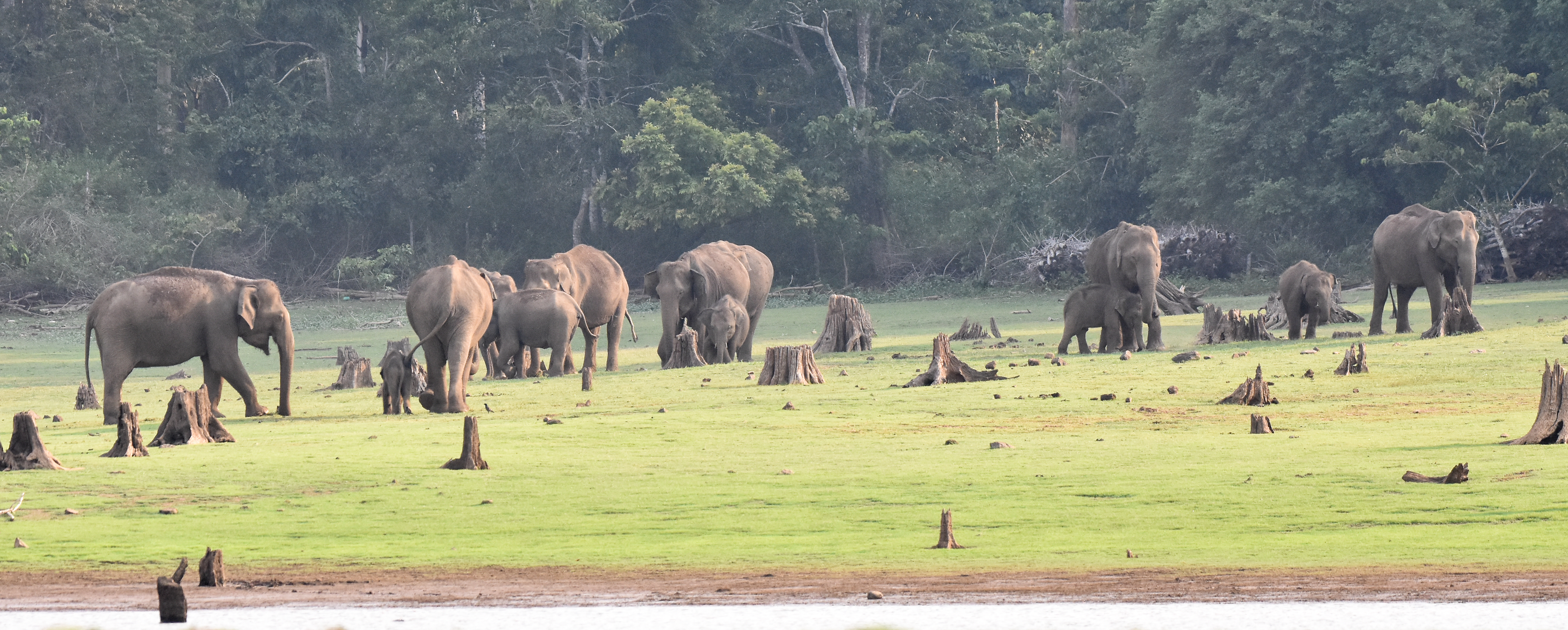The Wayanad Wildlife Sanctuary stands as a testament to the intricate relationship between nature, culture, and conservation. Nestled in the heart of Kerala, this ecological treasure preserves a complex ecosystem that has sustained life for centuries, offering a profound glimpse into the delicate balance of biodiversity and human interaction.
The sanctuary's landscape is a vibrant tapestry of moist deciduous forests and semi-evergreen terrains, creating a sanctuary for an impressive array of wildlife. Elephants roam freely through dense vegetation, while Bengal tigers move with silent precision, embodying the raw, untamed spirit of the wilderness. Smaller inhabitants like the Malabar squirrel and various monkey species add layers of complexity to this rich ecological network.
Historically, these forests have been more than just a habitat—they have been a refuge. During the rebellion against British colonial rule, Pazhassi Raja found shelter in these deep, protective woods, using the landscape's natural defenses as a strategic advantage. This historical narrative intertwines human struggle with the sanctuary's natural terrain, creating a space that is simultaneously a wildlife preserve and a living museum of resistance.
The indigenous tribes of the region—Paniyas, Kurubas, Adiyans, and others—have long been integral to this ecosystem. Their traditional knowledge and sustainable living practices have coexisted with the wildlife, demonstrating a harmonious relationship that predates modern conservation efforts. Their presence speaks to a profound understanding of ecological balance that contemporary environmental science is only beginning to comprehend.
Challenges facing the sanctuary are complex and multifaceted. Invasive species like Senna spectabilis threaten the delicate native biodiversity, presenting ongoing management challenges for conservationists. The sanctuary's design, which includes disconnected regions like the Muthanga and Tholpetty ranges, adds another layer of complexity to preservation efforts.
Modern conservation strategies blend scientific research with traditional ecological knowledge. Strict zoning—with restricted access to inner regions—allows for critical wildlife research while protecting the most sensitive habitats. Tourist experiences are carefully managed, offering controlled interactions that educate without disrupting the ecosystem's natural rhythms.
The Nilgiri Biosphere Reserve, of which Wayanad is a crucial part, represents a broader vision of conservation. By connecting different ecological zones across state boundaries, this approach recognizes that wildlife and natural systems transcend human-drawn political lines. The sanctuary thus becomes not just a local treasure, but a critical node in a larger ecological network.
Climate and geography play pivotal roles in shaping this unique environment. With peaks like Karottimala rising to approximately 3800 feet, the sanctuary offers varied elevational zones that support diverse species and microclimates. This topographical diversity ensures that Wayanad remains a resilient and adaptable ecosystem, capable of supporting complex life forms through changing environmental conditions.






